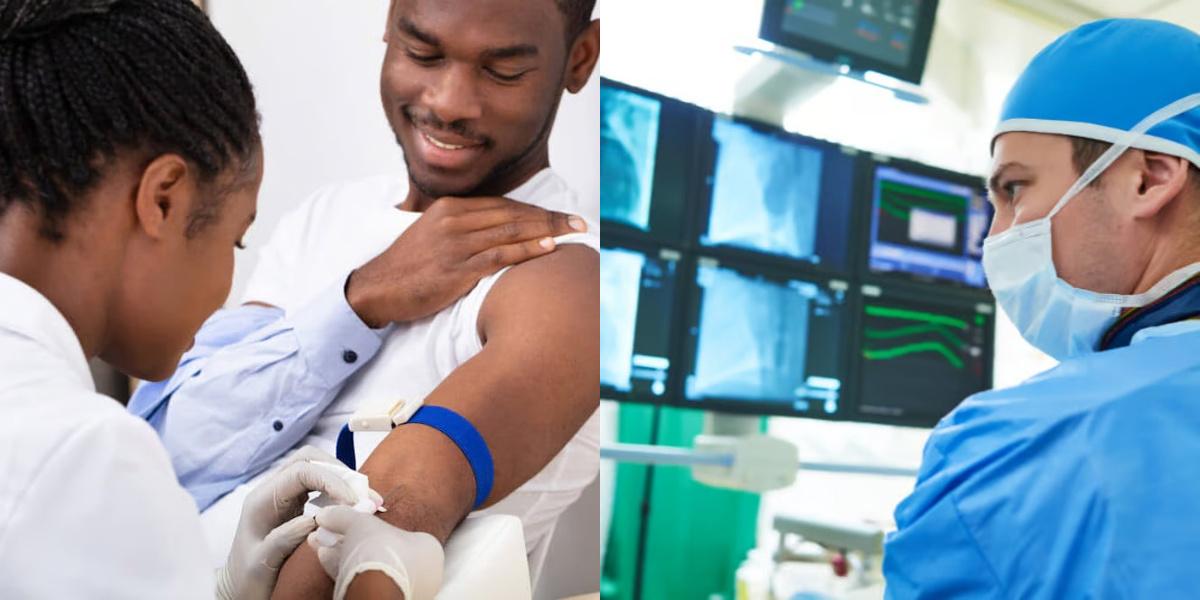Phlebotomy vs Radiology Technician (2024)

Healthcare offers numerous rewarding career paths, two of which are Phlebotomy and Radiology Technology. Whether you’re looking for a quicker entry into the medical field or a higher-paying job with advanced technology, this guide will help you compare both options.
Career Outlook & Salary
Both careers offer strong job prospects, though Radiology Technicians generally enjoy higher earning potential.
Phlebotomist
- Job Growth: Expected to grow by 8% from 2023 to 2033, faster than the average for all occupations.
- Salary: The median annual wage for Phlebotomists in 2023 was $41,810, according to the U.S. Bureau of Labor Statistics.
Radiology Technician
- Job Growth: Projected to grow by 6% from 2023 to 2033, in line with average growth for healthcare roles.
- Salary: The median annual wage for Radiology Technicians in 2023 was $76,020, reflecting their advanced skills and education.
Which Career Path Should You Choose?
Choose Phlebotomy if:
- You want to enter the healthcare field quickly and affordably.
- You enjoy patient interaction and don’t mind repetitive tasks.
- You’re looking for stable job growth with minimal educational investment.
Choose Radiology Technology if:
- You’re interested in working with cutting-edge medical technology.
- You’re willing to invest more time and money in education for higher earning potential.
- You want a specialized role with opportunities for advancement and diverse career paths.
Explore Educational Programs
No matter which path you choose, Dreambound can help you find the right training program. Browse options near you for both Phlebotomy and Radiology Technician programs:
Final Thoughts
Both Phlebotomy and Radiology Technology offer rewarding career paths in healthcare. Your decision should be guided by your interests, financial situation, and career goals. If you’re eager to start working in healthcare quickly, Phlebotomy is an excellent choice. For those willing to invest more time in education and training, Radiology Technology provides greater earning potential and room for specialization.
Explore programs through Dreambound today and take the first step toward your new healthcare career!

Athena is Co-founder and CEO of Dreambound.




